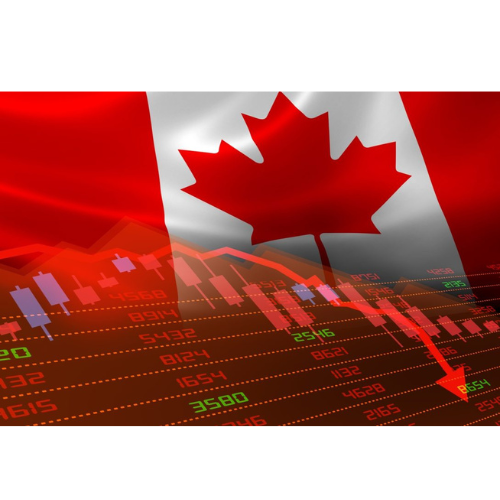Canada’s 2025 Economy: Navigating a Delicate Balance
Canada’s economy in 2025 is navigating a complex landscape shaped by global trade tensions, domestic policy shifts, and evolving demographic trends. While growth remains modest, the country is showing signs of adaptability in the face of uncertainty.
Current Economic Performance: A Steady Recovery
Monetary policy easing: Lower interest rates have stimulated household spending and business investment.
Export strength: Increased transportation capacity for oil and gas, along with a robust U.S. economy, has supported Canadian exports.
Government stimulus: One-time measures in early 2025 have boosted consumption and household wealth.
Despite these positive indicators, growth is expected to slow toward the end of the year as the effects of monetary easing fade.
Key Economic Indicators
Here’s a snapshot of Canada’s economic health in 2025:
| Indicator | Value (2025) | Trend |
|---|---|---|
| GDP Growth | ~1.8% | Moderate increase |
| Inflation Rate | ~2% | Near target |
| Unemployment Rate | ~5.5% | Stable |
| Interest Rate | ~3.75% | Eased from 2024 levels |
| Population Growth | ~0.5% | Declining |
| Business Investment | Increasing | Post-pandemic rebound |
| Export Volume | Rising | Driven by energy sector |
Trade Tensions and U.S. Relations

One of the most significant headwinds facing Canada’s economy is uncertainty in trade relations with the United States. New tariffs and policy shifts have created volatility in cross-border commerce, which remains a cornerstone of Canada’s economic structure.
- Exports to the U.S. have increased, but future growth may be constrained by protectionist measures.
- Business investment has been modestly impacted by concerns over long-term trade stability.
- Travel and tourism between the two countries have declined, affecting service-sector revenues.
Canada’s exposure to U.S. policy decisions underscores the need for diversification of trade partners and greater investment in domestic innovation.
Domestic Policy and Immigration
Recent changes in immigration policy have also influenced Canada’s economic trajectory. The federal government has implemented measures to slow immigration, which has led to:
- Reduced labor force growth: Fewer newcomers mean fewer workers entering the job market.
- Lower consumer demand: A smaller population translates to slower growth in retail and housing sectors.
- Minimal impact on inflation: Despite demographic shifts, inflation remains close to the Bank of Canada’s 2% target.
While these policies aim to address housing shortages and infrastructure strain, they may also limit long-term economic expansion.
Sectoral Highlights
Energy and Natural Resources
Canada’s energy sector continues to be a major driver of growth, especially with expanded transportation capacity for oil and gas. Global demand and favorable pricing have boosted export revenues, although environmental concerns and regulatory hurdles remain.
Technology and Innovation
The tech sector is gaining momentum, particularly in cities like Toronto, Vancouver, and Montreal. Investments in AI, clean tech, and digital infrastructure are positioning Canada as a hub for innovation, though competition from global players remains fierce.
Agriculture and Food Security
Canada’s agricultural exports are stable, with growing demand from Asia and Europe. Climate change and supply chain disruptions pose risks, but advancements in agri-tech are helping mitigate these challenges.
Monetary Policy and Inflation
The Bank of Canada has adopted a cautiously accommodative stance, lowering interest rates to stimulate spending while keeping inflation in check. As of 2025:
- Inflation is hovering near the 2% target.
- Interest rates have been reduced to around 3.75%, encouraging borrowing and investment.
- Household spending has increased, supported by rising incomes and government incentives.
This balance between growth and price stability reflects Canada’s strong institutional framework and prudent fiscal management.
Canada’s economy in 2025 is a story of cautious optimism. While challenges persist—from trade tensions to demographic shifts—the country’s strong institutions, diversified sectors, and commitment to innovation provide a solid foundation for future growth. By embracing sustainability, digital transformation, and inclusive policies, Canada can continue to thrive in an increasingly complex global landscape.
